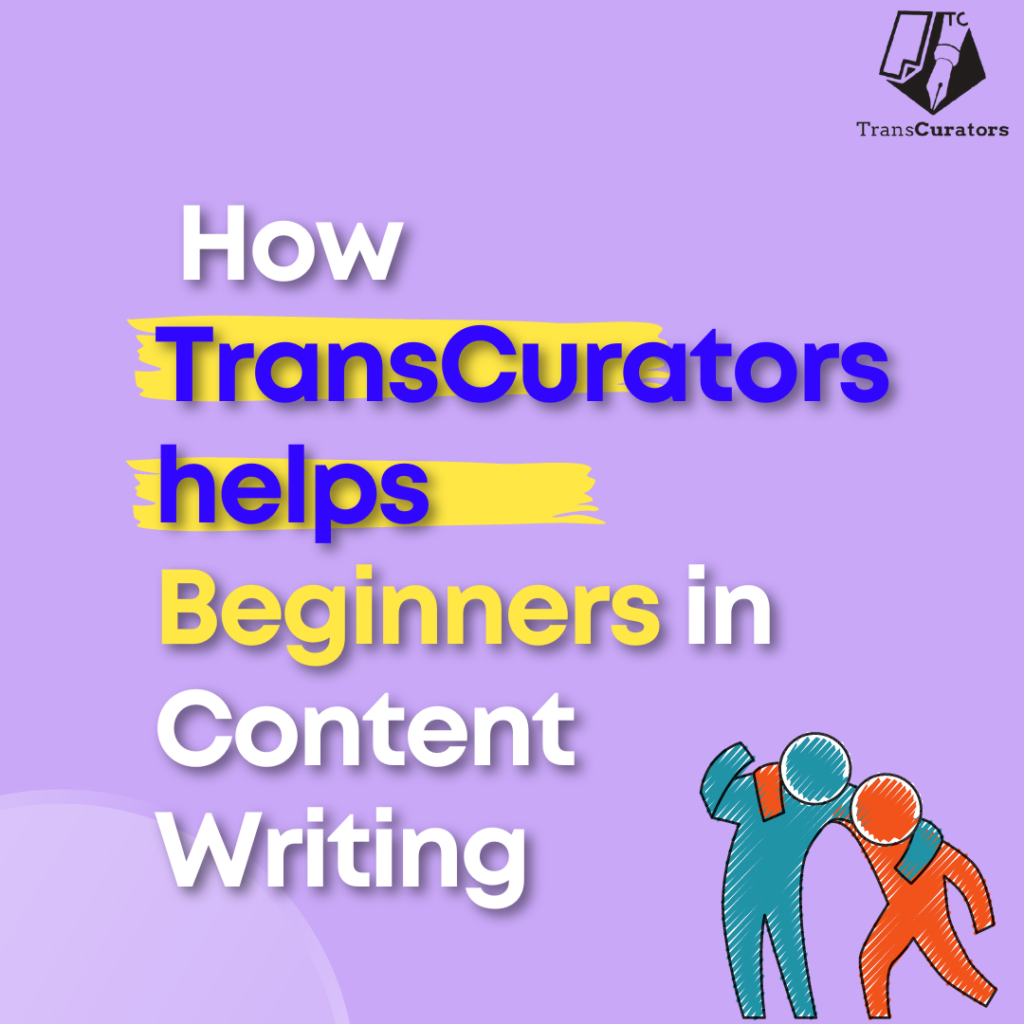How Can We Earn Through Content Marketing?
Introduction Content marketing offers various opportunities to generate revenue by leveraging valuable content. Businesses may attract and engage their target audience by strategically developing and distributing content, ultimately driving conversions and increasing earnings. This introduction will delve into how you can earn through content marketing, exploring strategies such as keyword optimization, engaging writing, and effective monetization techniques. By implementing these methods, content writer or article writers can unlock the potential of content marketing and harness its power to generate substantial returns. Earning through content marketing as a content writer or article writer involves the following steps: Develop your writing skills: Hone your writing abilities by practicing regularly and studying different writing styles. Enhance your grammar, vocabulary, and storytelling techniques to create compelling and engaging content. Find your niche: Identify a specific area or industry you know and are passionate about. Specializing in a place helps you establish yourself as an expert and attract clients who require content in that field. Build a portfolio: Create a portfolio showcasing your best writing samples. Include diverse content like blog posts, articles, case studies, or whitepapers. Your portfolio shows your skills and helps you attract potential clients. Establish an online presence: Create a professional website or blog to showcase your services, portfolio, and expertise. Improve your website’s visibility and organic traffic by optimizing it for search engines. Network and market yourself: Attend industry events, join online communities, and engage with potential clients or collaborators. Utilize social media platforms to showcase your expertise, share valuable insights, and connect with industry professionals. Find clients or platforms: Approach businesses, digital marketing agencies, or content platforms that require content writing services,blog writing services . Submit proposals, respond to job postings, or apply to writing gigs on freelance platforms or content marketplaces. Deliver high-quality content: Understand your client’s requirements and create content that meets their needs. Produce exciting articles or blog postings, well-researched and tailored to the target audience. Make confident that your content is unique, entertaining, and error-free. Monetization options: a. Freelance writing: Work on a project basis for clients, negotiating fees based on word count, complexity, or time invested. b. Content creation for businesses: Offer your services to create content for their websites, blogs, email newsletters, to make money copywriting or social media platforms. c. Guest blogging: Contribute articles to established blogs or websites in your niche. Some platforms may offer compensation for guest posts. d. Revenue-sharing platforms: Write for revenue-sharing platforms that pay writers based on the number of views or ad revenue generated by their articles. e. Provide value and meet deadlines: Build a reputation for delivering high-quality work on time. Satisfy client expectations by providing valuable content that aligns with their goals and objectives. f. Seek testimonials and referrals: Request feedback from satisfied clients and ask for testimonials to build credibility. Utilize referrals to expand your client base and increase your earning potential. By following these steps, content writers and article writers can earn through content marketing by showcasing their skills, finding clients or platforms, delivering valuable content, and building a solid professional reputation. Content marketing can be a profitable endeavor when executed effectively. Some strategies to help you earn through content marketing: Sponsored Content: Collaborate with companies and businesses to create sponsored content. They may pay you to feature their products and services or provide valuable information related to their industry within your content as a content writer or article writer. Affiliate Marketing: Incorporate affiliate links within your content, directing readers to products or services relevant to your niche. Simple approach You earn a commission when someone purchases through your affiliate link. Advertisements: If your content platform attracts a significant audience, you can partner with ad networks, such as Google AdSense or Media.net, to display targeted ads on your website, blog writing services,blog post or YouTube channel. Revenue will be generated based on clicks or impressions. Online Courses and E-books: If you have expertise in a particular field, create and sell online courses or e-books related to your niche. Use your content marketing efforts to promote and drive sales for these digital products. Membership or Subscription Model: Offer exclusive content or access to a premium membership area for a recurring fee. This can include additional resources, in-depth guides, webinars, or one-on-one consultations. Sponsored Social Media Posts: Leverage your social media following by partnering with brands for sponsored posts. Promote other products or services on platforms like Instagram, Twitter, or Facebook and receive compensation. Speaking Engagements and Workshops: Establish yourself as an expert in your industry through your content marketing efforts. This can open opportunities for speaking engagements at conferences or workshops where you can earn fees for sharing your knowledge. Brand Partnerships: As a content writer you Collaborate with brands on long-term partnerships where you act as a brand ambassador or spokesperson. This can involve sponsored content, social media campaigns, or representing the brand at events. Consulting and Services: Use your content marketing to showcase your expertise and attract clients who require consulting services or specialized assistance. To earn income, offer your benefits, such as coaching, marketing strategy development, or content creation. Crowdfunding or Donations: If you provide valuable content that resonates with your audience or followers, consider accepting donations or setting up crowdfunding campaigns through platforms like Patreon, Ko-fi, or Kickstarter. Constantly building a successful content marketing strategy takes time and effort. It’s essential to consistently produce high-quality content, engage with your audience, and establish a trust to maximize your earning potential. Conclusion In conclusion, earning through content marketing requires a strategic approach that combines quality content creation, targeted promotion, and effective monetization strategies. By understanding your target audience, optimizing your content for search engines, and leveraging various monetization methods such as affiliate marketing, sponsored content, advertisements, and digital products, you can unlock the earning potential of your content marketing efforts. Consistently analyze and optimize your strategy based on data and feedback to maximize your revenue. Content marketing offers a powerful opportunity to generate income while providing value to your audience.









